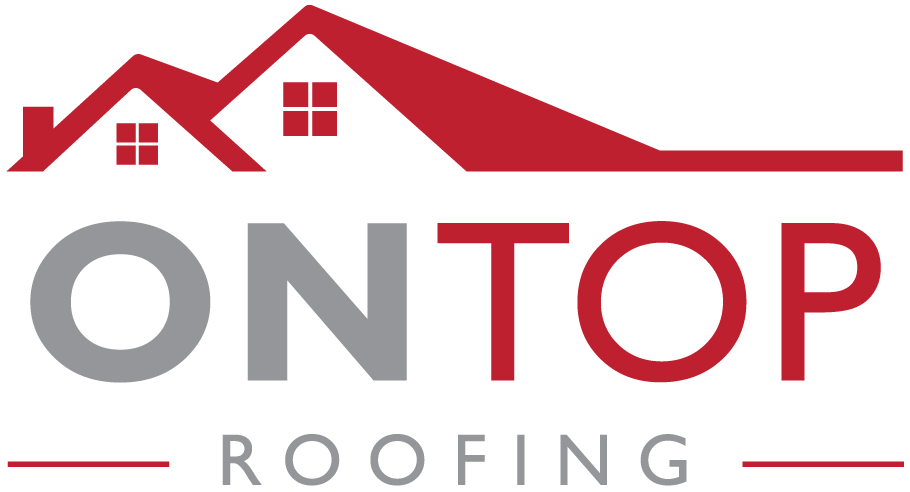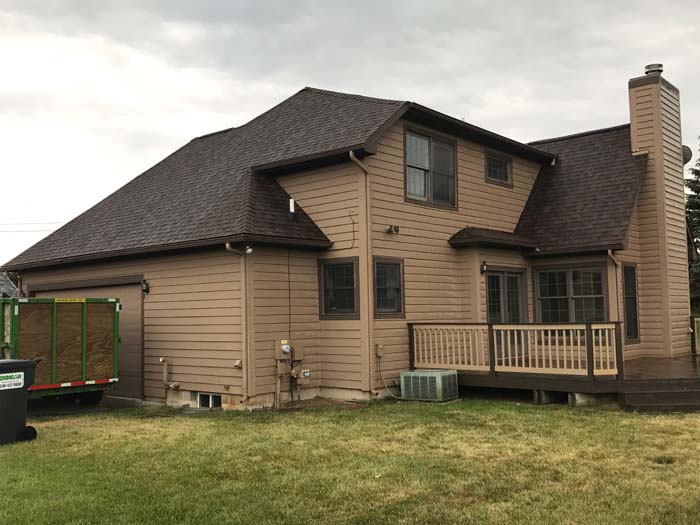When it comes to home improvement projects, few investments have the same impact and importance as a new roof. Not only does your roof protect your home from the elements, but it also plays a significant role in its overall value, energy efficiency, and curb appeal. Understanding the economics of roofing—both the costs involved and the return on investment (ROI)—is crucial for homeowners looking to make informed decisions about their roofing projects. In this article, we’ll delve into the factors that influence roofing costs, explore the potential ROI of different roofing materials, and provide tips for maximizing the economic benefits of your roofing investment.
Factors Influencing Roofing Costs:
- Roof Size and Complexity: The size and complexity of your roof are primary factors that influence the cost of a roofing project. Larger roofs require more materials and labor to install, while roofs with intricate designs or steep slopes may require specialized equipment and additional time to complete.
- Choice of Materials: The type of roofing materials you choose will have a significant impact on the overall cost of your project. Asphalt shingles are among the most affordable roofing materials, while premium options like metal, slate, or tile can be considerably more expensive. Additionally, factors such as durability, longevity, and energy efficiency can influence the cost-effectiveness of different roofing materials over time.
- Labor and Installation Costs: Labor and installation costs are another significant component of roofing expenses. Labor costs can vary depending on factors such as the contractor’s experience, location, and availability, as well as the complexity of the project. Additionally, some roofing materials require more time and skill to install properly, which can affect installation costs.
- Roofing Accessories and Features: Additional accessories and features, such as flashing, underlayment, ventilation systems, and skylights, can add to the overall cost of your roofing project. These components are essential for ensuring the long-term performance and durability of your roof and should be factored into your budget accordingly.
ROI of Roofing Materials:
- Asphalt Shingles: Asphalt shingles are the most popular roofing material in North America, thanks to their affordability, versatility, and ease of installation. While asphalt shingles have a relatively low upfront cost, they also offer a good ROI in terms of durability and longevity. With proper maintenance, asphalt shingle roofs can last 20 to 30 years or more, making them a cost-effective choice for many homeowners.
- Metal Roofing: Metal roofing is known for its durability, longevity, and energy efficiency, making it an attractive option for homeowners looking to maximize their ROI. While metal roofs have a higher upfront cost compared to asphalt shingles, they offer significant savings over time due to their long lifespan and energy-saving properties. Metal roofs can last 50 years or more with minimal maintenance, making them a smart investment for homeowners seeking long-term value.
- Slate and Tile Roofing: Slate and tile roofing are premium options known for their elegance, durability, and longevity. While these materials have a higher upfront cost compared to asphalt shingles and metal roofing, they offer unmatched beauty and durability that can enhance the value of your home. Slate and tile roofs can last 100 years or more with proper maintenance, making them a worthwhile investment for homeowners seeking timeless elegance and long-term value.
Maximizing the Economic Benefits of Your Roofing Investment:
- Choose Quality Materials: Investing in high-quality roofing materials is essential for maximizing the economic benefits of your roofing project. While cheaper materials may offer short-term savings, they often lack the durability and longevity of premium options, leading to higher maintenance and replacement costs down the line.
- Prioritize Energy Efficiency: Opting for energy-efficient roofing materials and features can help reduce your energy consumption and utility bills, saving you money over time. Look for roofing materials with high solar reflectance and thermal emissivity ratings, as well as features such as cool roofs, attic insulation, and proper ventilation systems, to maximize energy efficiency and ROI.
- Invest in Professional Installation: Hiring a reputable roofing contractor with experience and expertise is essential for ensuring that your roof is installed correctly and to code. While DIY roofing projects may seem like a cost-effective option, improper installation can lead to costly repairs, water damage, and premature roof failure. Invest in professional installation to protect your investment and maximize the lifespan of your roof.
- Maintain Your Roof: Regular roof maintenance is essential for preserving the integrity and performance of your roof and maximizing its lifespan. Schedule annual inspections, clean your gutters regularly, trim overhanging branches, and address any issues promptly to prevent minor problems from escalating into costly repairs or replacements.
In conclusion, understanding the economics of roofing is essential for homeowners looking to make informed decisions about their roofing projects. By considering factors such as roof size and complexity, choice of materials, labor and installation costs, and ROI potential, homeowners can determine the most cost-effective and beneficial roofing options for their needs and budget. Whether you’re considering a roof replacement or investing in preventive maintenance, prioritizing quality materials, professional installation, energy efficiency, and regular maintenance is key to maximizing the economic benefits of your roofing investment and ensuring the long-term value and performance of your home.


Recent Comments